As I hope to enter the field of space architecture, this work argues for a new way to design for outer space habitation. The design studies narratives and relationships of closed “worlds” (like a car interior or a kitchen) and their relationships to larger systems (like GPS tracking, Wi-Fi infrastructure, and waste management). This research was primarily driven by Benjamin Bratton's concept of The Stack: an accidental megastructure formed by planet-scale computing. This research helps us to design a spacecraft interior without ignoring its role in the broader sociocultural world.
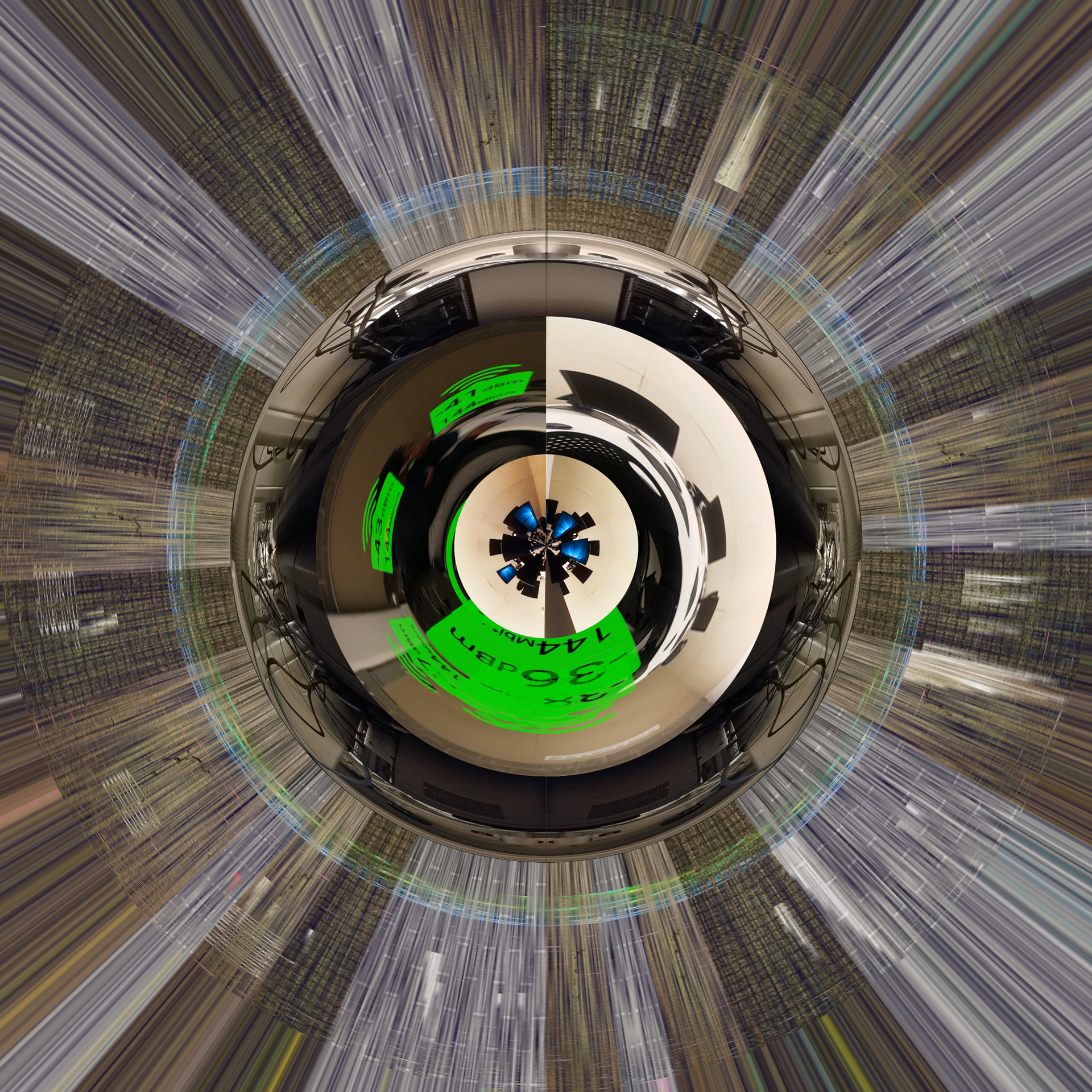
COMPUTER LAB | Monitors | Mobile Signals | Power Grid | Undersea Cable | Optical Fiber
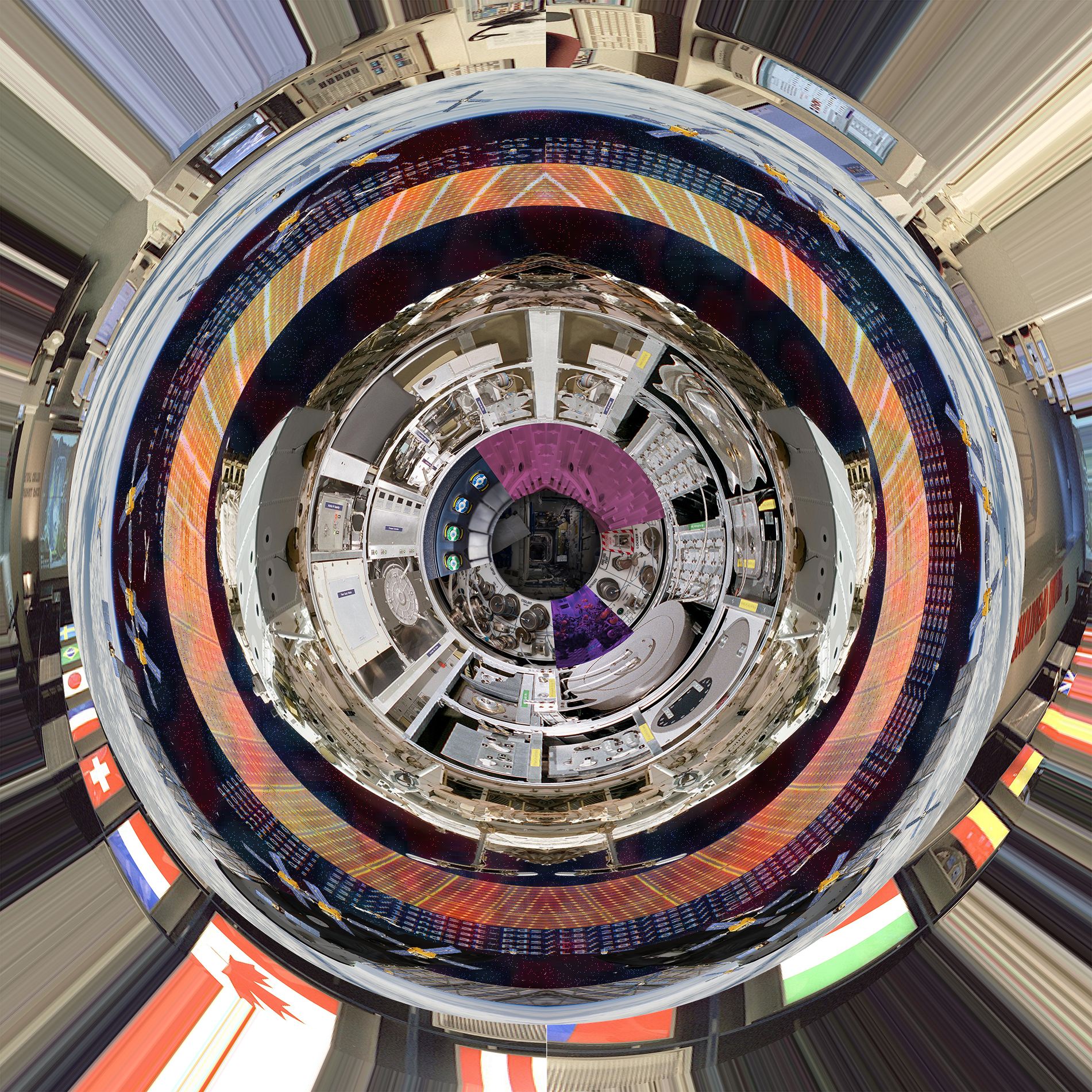
INTERNATIONAL SPACE STATION | Life Support | Research Labs | Data Transmission | Solar Panel | Satellite Orbits | Governments
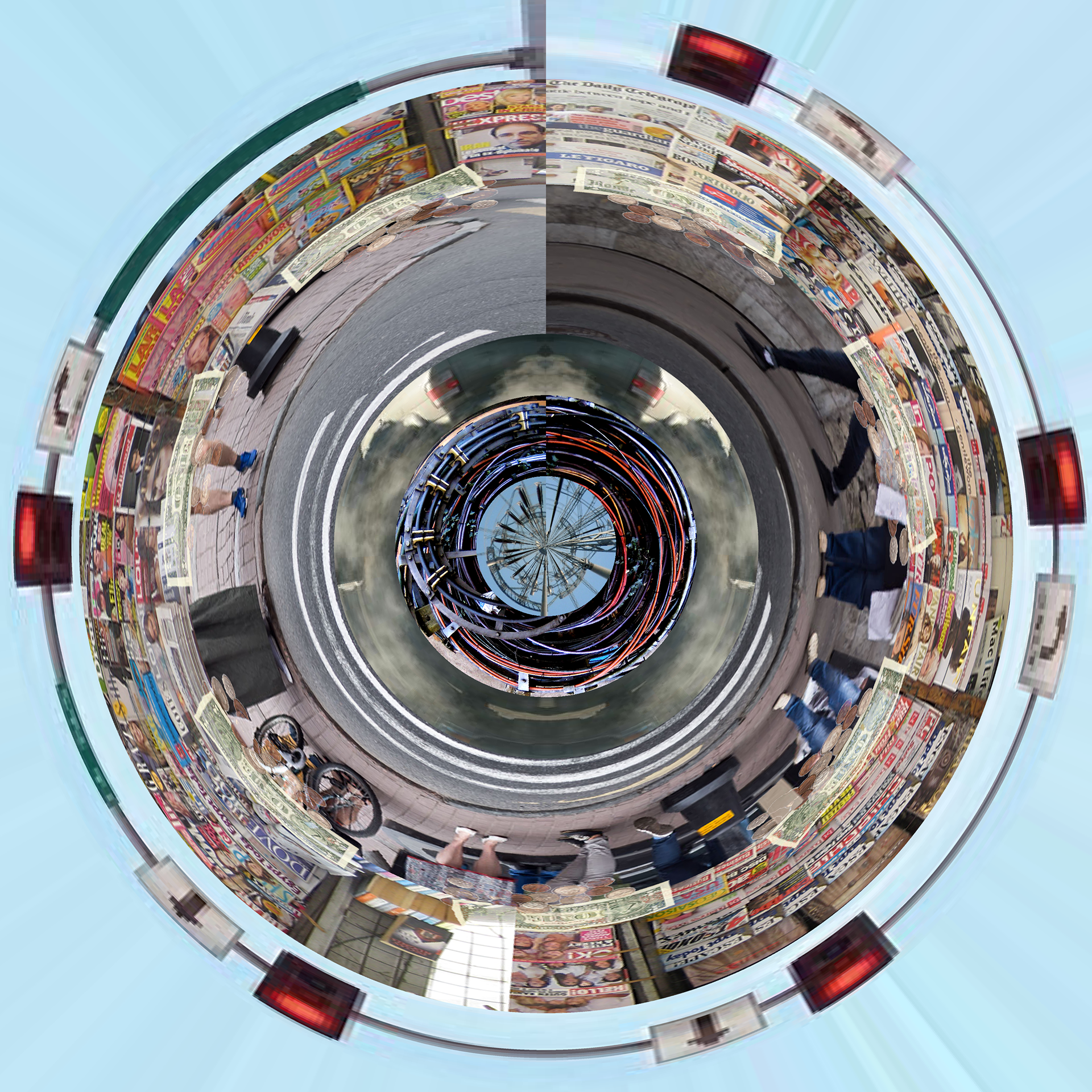
TRAFFIC LIGHT | Intersection | News | Power Grid | Emissions | Transportation Systems | Energy Consumption

SMART LIGHT POLE | Traffic Intersection | Face Recognition | Personal GPS | Surveillance | Traffic Data

APPALACHIAN TRAIL | Government | Consumer Objects | Environmental Control | Enclosure | Power Grid
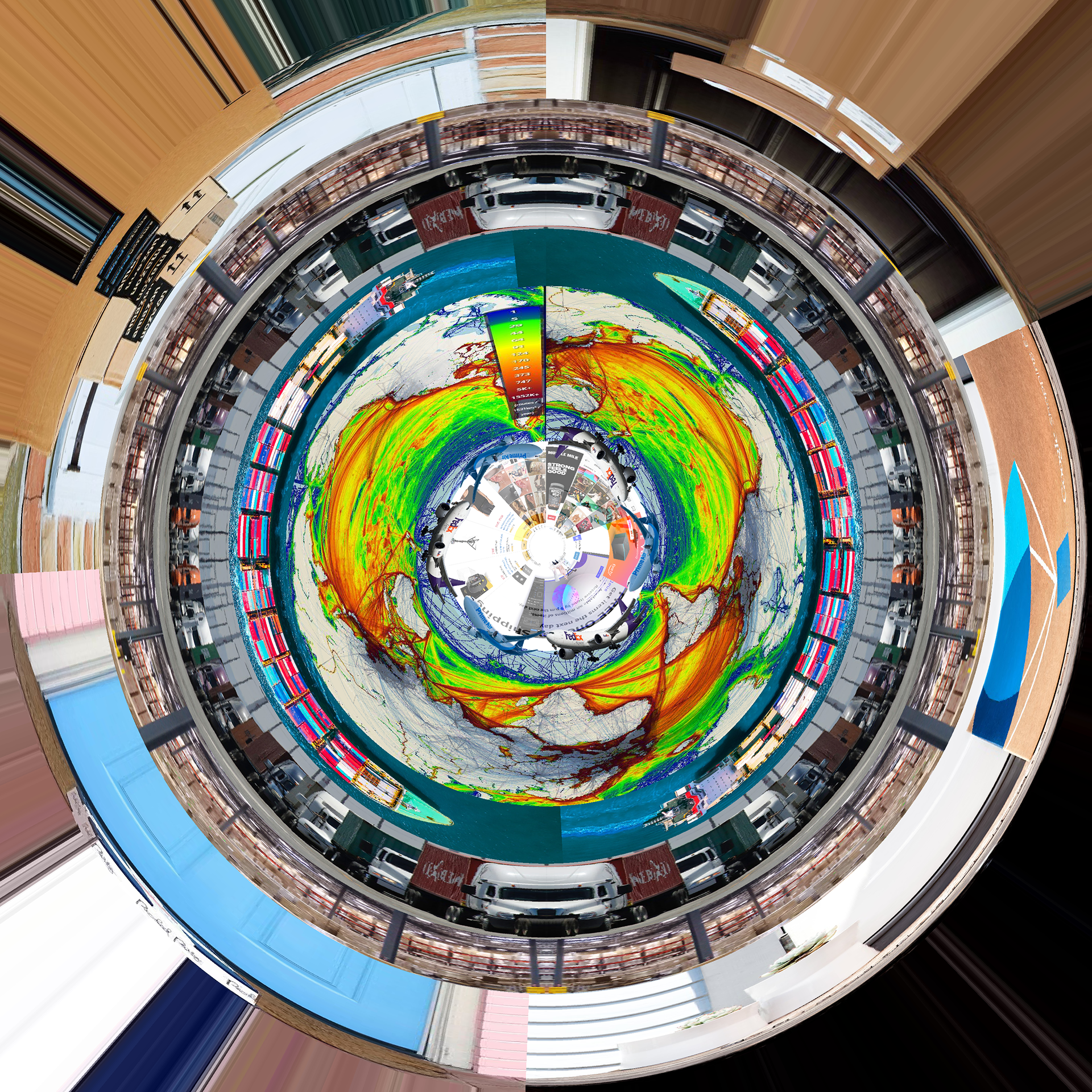
OVERNIGHT SHIPPING | Customized Ads | Ground Shipping | Distribution | Oversea Route | Door-to-Door
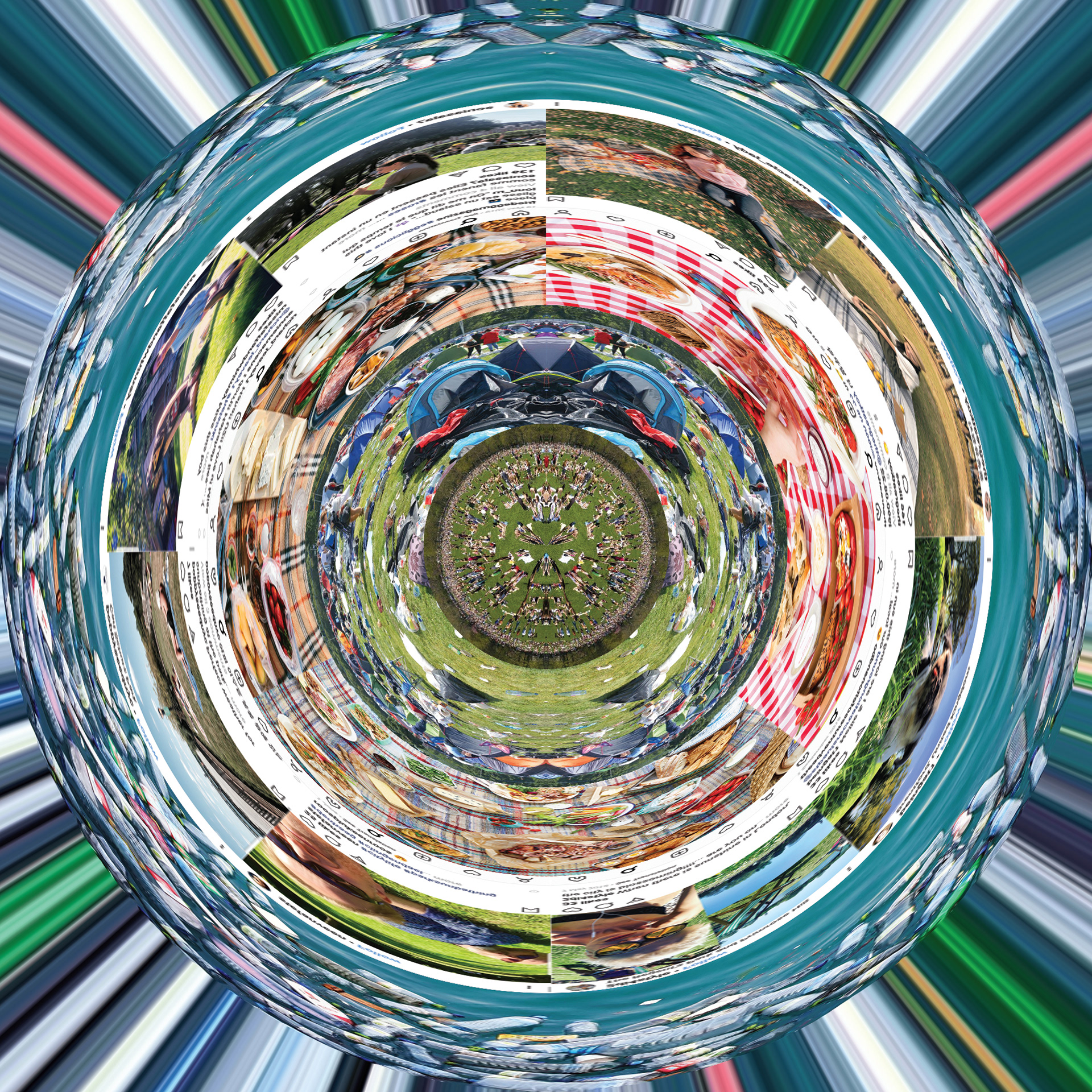
PICNICKING | Outdoor Park | Picnic Food | Instagrammable | Waste Management
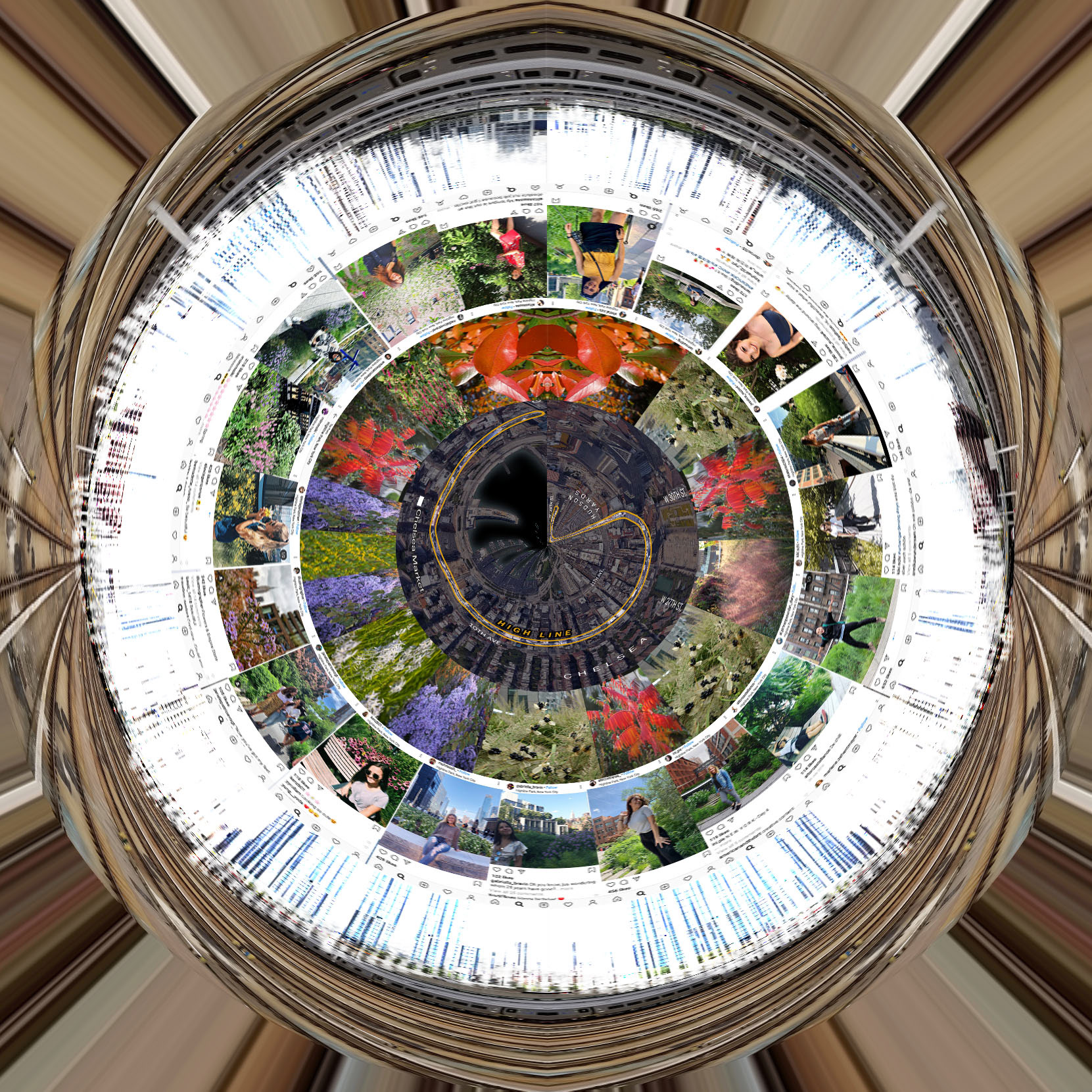
HIGHLINE | Plant Species | Instagrammable spots | Signal Coverage | Railway Infrastructures
The video below is a recording of the augmented reality application programmed by me in Unity using C# and the Vuforia Toolkit. It uses animations produced in After Effects to translate the post-XYZ representational images of the closed worlds so that they can be understood and used for the design process.
The diagrams below describe the process with which the augmented reality application "unrolls" and decodes the images.
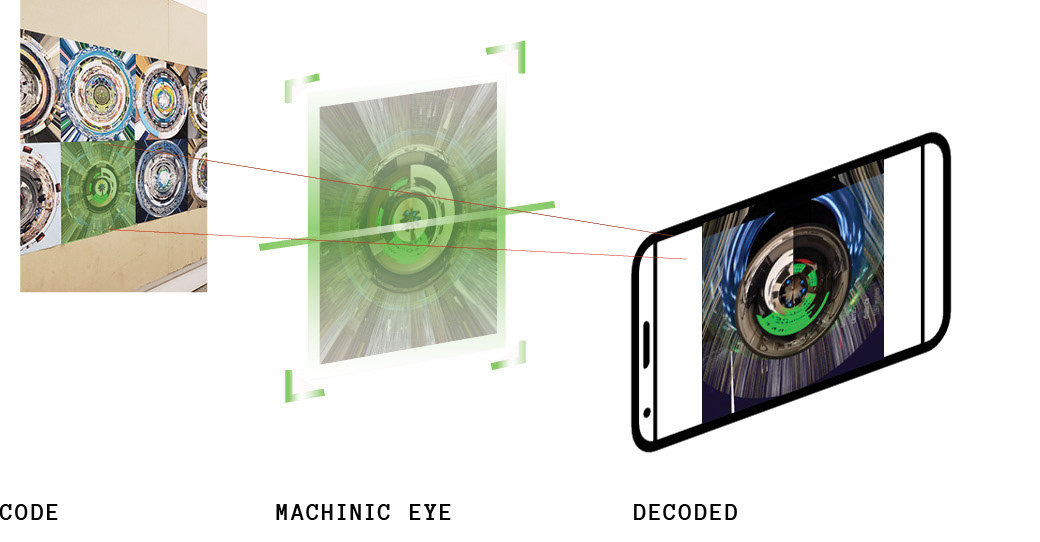

THEORETICAL FRAMEWORK
Through the production of an archival interface for research and design, we enable the exploration of complex interconnectivity between objects and systems within nonorientable space. This concept of the interconnectivity of things is drawn primarily from Benjamin Bratton’s Stack. Bratton argues that the human world is a mega-structure of somewhat distinct layers: the Earth, City, Address, Cloud, Interface, and User layers. While Bratton’s description allows for the intertwining of these layers, we argue that it is an incomplete model of a reality where human occupation has expanded into outer space.
First, the Stack model imagines a world in which everything is so deeply interconnected that any division between individuals, institutions, and even countries is fabricated. But in a world threatened by nuclear war at the drop of a hat, and where poverty, refugees, and protests are so common they hardly draw attention, these divisions are very real: the border is back, if it ever actually left. At the same time as the spacecraft is absolutely connected to the Earth through its information production, it is also an island unto itself, to use Ariella Azoulay’s terminology.
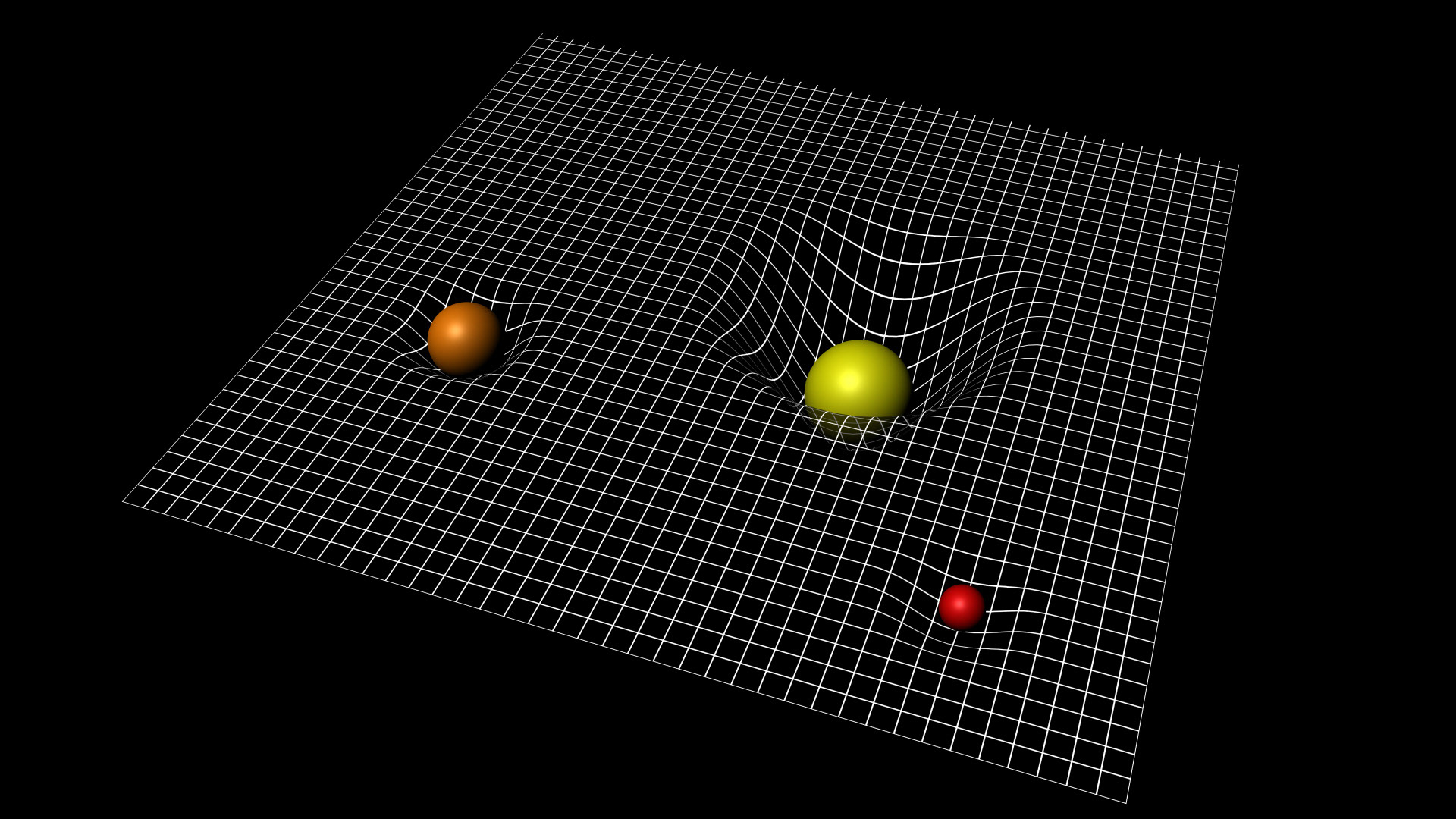
Traditional space-time fabric representation. Not by author.

A visual representation of Benjamin Bratton's Stack. Not by author.

More three-dimensional representation of spacetime. Not by author.
This dual nature means a few different things for space exploration, both on Earth and in the space habitat itself. Questions of who lives in this habitat (city? colony?) and how connected the habitat will be to our terrestrial “Spaceship Earth” arise in every imagined scenario from science fiction novels to studies performed by organizations like NASA. This makes it vital for us as designers of outer space habitation to understand and contend with these already complex relationships as they become displaced and altered by a new spatial reality.
This new spatial reality is another primary reason why the Stack model is incomplete. A stack requires directionality, it has a top and a bottom and no matter how much interplay there is between layers, there is still division and striation. The Stack doesn’t work with nonorientation: neither the nonorientation of outer space, nor that of multiplicitous societies divided by material and immaterial borders. In an age perhaps defined by space exploration and technological advances, these borders include everything from walls, to the distance of space occupation, and censored access to information.
Nonorientation is one of the defining factors of the vacuum of space.
Because the spacetime of outer space is post-Cartesian and omnidirectional, we, meaning designers and thinkers, haven’t established a singular, clear representational method. Any diagrammatic representation or textual explanation relies on metaphors and derivative symbols. In response to this lack of specificity and clarity in representation, our design tool produces an archive which leverages this strange spatial reality for design.
Since a space station is a machine that is always on and vital to the survival of its inhabitants, it is also a space which requires complex interface between humans and machines. And as technology rapidly advances, it also rapidly diminishes: computers changed from the size of a room, to that of a desk, and now practically to the palm of our hand. The physical interaction between human and machine therefore has also changed, guided by skeuomorphic design to retain some reference to the physical past. Now, when the human is placed within a spatial machine, such as a spacecraft interior, the human’s relationship with technology needs to change even more drastically to accommodate vastly different movements and gestures. Furthermore, the non-orientability of this spacecraft as habitable machine adds even more possibilities for the interaction of human and machine in physical space.
We say physical space because there also exists simultaneously the overlaid virtual space, the digital reality of an interior-as-machine. This virtual reality is just as “real” as the physical because as Slavoj Zizek describes “by the mirage of “virtual reality,” the “true” reality itself is posited as a semblance of itself, as a pure symbolic construct.” This virtual space is not exactly a new phenomenon. As the internet of things has become a more ubiquitous system, the virtual information space has become less distinct from the physical reality. Space exploration, due to its limitations on scale and mass, can take advantage of this virtual space to augment the human sensory experience. This simultaneity of physical and virtual space produces a new digiphysical materiality, one that this project explores and designs.
Another primary aspect of the human-machine interface that this project seeks to take advantage of is the feedback loop between user and machine. As Janet Vertesi describes in Seeing Like a Rover, both human and machine adapt to one another through their interaction. During the process of NASA engineers and scientists learning to coordinate Mars rover missions, scientists not only anthropomorphized the machine but also attempted to make their reality work the same way as the rovers. Some of them pinned up the images taken by the rover around their cubicles and used their rolling chairs to explore their newly-formed environments. This adaptation on the human side allowed the human users to understand and communicate with the machine and thus better employ the rover’s functionality.

All from Janet Vertesi's Seeing Like a Rover lecture at Stanford University

An engineer's cubicle during the Mars Rover missions

Although there is a long history of architectural interiors (and exteriors) in outer space both in science fiction and in scholarly work, none of this work comes close to the reality of actual spacecraft (International Space Station, pictured below). Our project takes a radical approach to the design of a spacecraft interior in order to expand the possibilities and focus on concept and intent rather than imaginative precedent.

International Space Station Interior, photo from NASA archives
